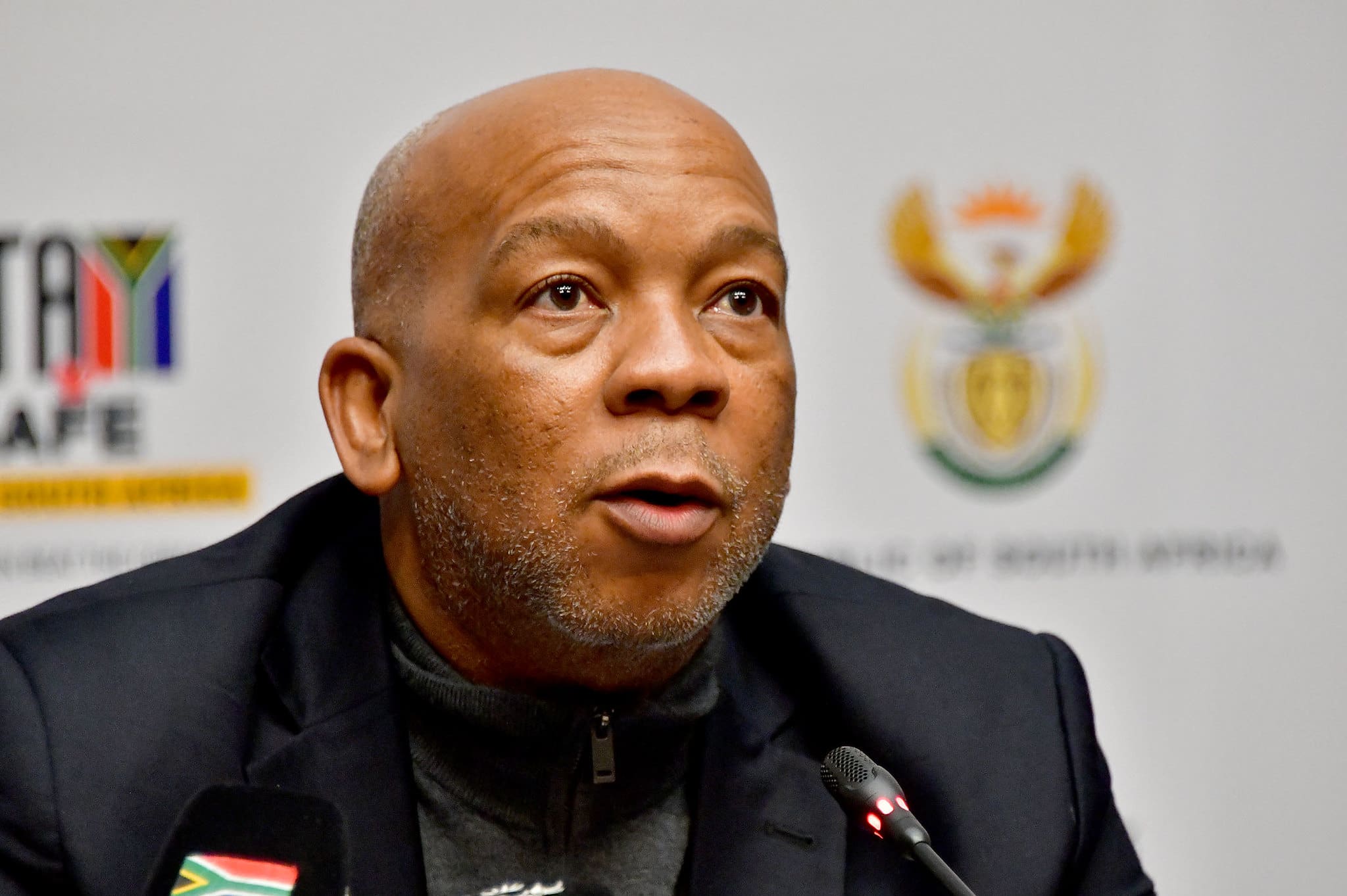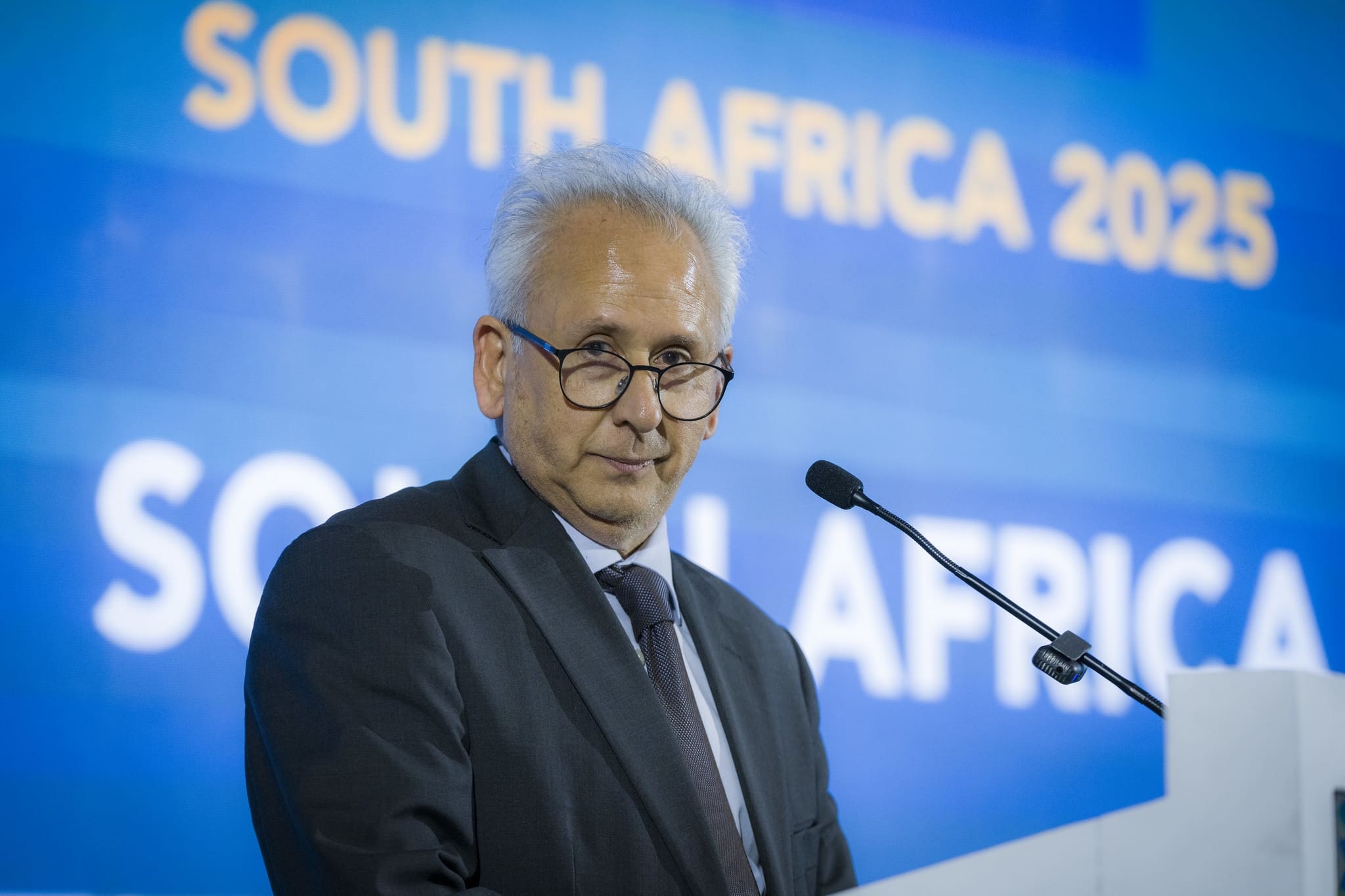It was a blissful 10 months. From 26 March 2024 to 31 January 2025, South Africans enjoyed an unprecedented period of uninterrupted electricity supply.
That fragile and hard-won confidence was shattered. At 5 pm on that Friday in late January, Eskom announced the return of loadshedding. According to Eskom CEO Dan Marokane, the setback was due to several unexpected breakdowns at key power stations, depleting emergency reserves. The state-owned electricity supplier implied an improvement by 2 February. However, over the past week, rolling blackouts returned with a vengeance, reaching Stage 6 at their peak. And just as suddenly as it reappeared, Eskom announced the end of loadshedding this morning. But what exactly went wrong, will it be back, and what does this mean for our economy and future energy stability?
How did we get back here?
The trouble started over the weekend with a trip at the Majuba power station in Mpumalanga, which triggered outages at Medupi and then escalated with failures at Camden. According to Eskom, the main culprit was a transformer overload at Majuba, which created a domino effect, cutting power to several units. Camden then lost four more units due to a hydraulic valve failure affecting its cooling water pumps. The end result? Nearly 3,900MW of unplanned losses on top of over 7,000MW already offline for planned maintenance.
To put that into context, South Africa has a total domestic electricity generation capacity of about 58,095 megawatts. So nearly 11,000MW being unavailable is a big deal. (As a general rule of thumb, each MW of a coal power station’s capacity can supply around 650 average homes, Eskom has explained.)
This left the system critically short, forcing Eskom to reintroduce Stage 6 loadshedding in the early hours of Sunday morning. Stage 6 load shedding means up to 6,000 MW of power is being cut, leading to frequent 2-4 hour outages throughout the day.
Beyond the blackouts
The impact of loadshedding isn’t just about the inconvenience of candlelit dinners or cold coffee; it has real economic consequences. South Africa’s economy was already struggling, even with more than 300 days loadshedding free, the country’s GDP growth is projected to have grown by 1% in 2024. This is only a 0.4 percentage point improvement from 2023. According to the economic and reconstruction recovery plan set out by the government in 2020, the target is to meet a 4.5% growth rate by 2030.
In 2023, loadshedding shaved off about 1.8 percentage points of growth for the year. And while businesses had started to regain confidence after months of stable supply, this latest round of uncertainty could derail that momentum.
But how does loadshedding affect our economy’s growth?
1. Business disruption: Loadshedding directly affects businesses, especially small enterprises that cannot afford alternative energy sources. Retailers are forced to throw away spoiled stock, manufacturers lose production time, and service-based industries slow to a crawl.
2. Investor sentiment and business confidence: The bigger concern isn’t just the immediate disruption but the long-term impact on investment. Large businesses are sitting on billions of rands that they are hesitant to reinvest into the economy due to uncertainty around infrastructure reliability. Economist Danie Meyer from the University of Johannesburg describes this as an “investment strike,” where companies prefer to hedge their bets rather than risk expansion in an unpredictable environment.
“South Africa also does not have a well-thought-out economic plan about where we are headed,” Meyer told City Press.
Right now, businesses in South Africa are only investing about 13% of what they earn into things like new factories, equipment, and infrastructure. The government’s goal is for this number to be 30%, according to the National Development Plan, because when businesses invest more, the economy grows, creating more jobs and opportunities. But businesses are holding back because they don’t trust that the electricity supply will stay stable. If they fear future blackouts, they won’t risk spending money on expansion. This hesitation slows down economic recovery because growth depends on businesses feeling confident enough to invest in the future.
3. Employment and wages: Studies have shown that loadshedding contributes to job losses, reduced working hours, and lower wages. The impact is particularly harsh on energy-intensive industries like manufacturing, where employment rates have dropped by nearly 17% during severe outages.
Can we keep the lights on?
While this latest setback is frustrating, it’s worth remembering how we got to 300 days without loadshedding in the first place. Eskom’s Generation Recovery Plan, launched in April 2023, played a major role in stabilising the grid. The plan focused on improved maintenance, bringing more generating units online, and integrating independent power producers (IPPs) into the energy mix.
Minister of Electricity Kgosientsho Ramokgopa reassured South Africans on Sunday that loadshedding will soon be a thing of the past. “We’re starting on another run, and hopefully this is the final run,” he said. The return of Medupi Unit 4 and Kusile Unit 6 in the coming months is expected to add much-needed capacity. Meanwhile, private sector energy initiatives, including rooftop solar and large-scale corporate projects, are growing rapidly.
The return of loadshedding reminds us that while progress has been made, the energy crisis is far from over. Eskom’s infrastructure remains fragile, and as experts warn, even minor disruptions can still have cascading effects. The solution isn’t just about generating more power—it’s about ensuring that the entire system, from transformers to cooling systems, is resilient enough to handle fluctuations without widespread failures.
For now, the immediate crisis has passed, but the road to a fully stable energy system will require continued investment, policy certainty, and a commitment to long-term maintenance. If South Africa can sustain the improvements that kept the lights on for nearly a year, we might finally be able to put loadshedding behind us for good.
Until then, keep those candles handy—just in case.
Emma is a freshly graduated Journalist from Stellenbosch University, who also holds an Honours in history. She joined the explain team, eager to provide thorough and truthful information and connect with her generation.
- Emma Solomonhttps://explain.co.za/author/emma-solomon/
- Emma Solomonhttps://explain.co.za/author/emma-solomon/
- Emma Solomonhttps://explain.co.za/author/emma-solomon/
- Emma Solomonhttps://explain.co.za/author/emma-solomon/





